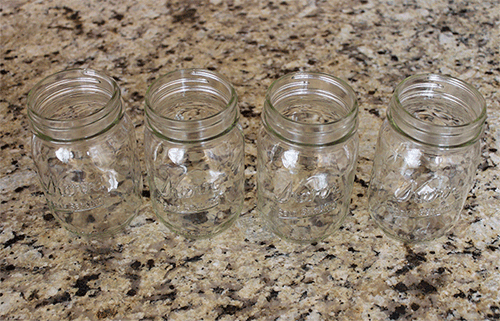What if I told you that getting a healthy glow was as simple as eating more spinach and sweet potatoes, no sun required? Research has shown that upping your vegetable intake could make you look healthier and even more attractive.
Back in 2012, researchers studied a group of 35 people, their eating habits, and their glow of health (or lack thereof). They even conducted a psychology experiment to see how this affected perceived health and attractiveness. The study, called You Are What You Eat, had some seriously interesting conclusions despite the cutesy name.
First, they found that people who eat more fruits and vegetables have more yellow pigment in their skin and this pigment is considered healthy and attractive. Second, increasing fruit and veggie servings by about three servings per day over the course of 6 weeks puts you in the “healthier” and “more attractive” categories.

GIF courtesy of giphy.com
But how? Well, put simply, that “glow of health” is a pigment issue and we can get some color in a couple of ways. One is tanning, where ultraviolet light causes our cells to make a bunch of pigment (called melanin) in order to protect ourselves from more of the same rays. You may remember your mom’s admonishments to wear sunscreen and correctly conclude that sunbathing isn’t exactly healthy.
Another way to get glowing skin is by nutrition, or more specifically: plant pigments. Basically, under our skin we have a thin layer of fat. It holds certain fat-soluble vitamins, minerals, and — yes — pigments. The carotenoids are a family of plant pigments that provide the show-stopping yellow-orange colors of the fall and that oh-so-sexy golden glow in your skin.
The more vegetables you eat, the more the pigment accumulates in your skin, leading to a slowly built up glow. According to the 2012 study, dietary lycopene and beta-carotene are particularly associated with an increase in yellow pigment in your skin.
This is super awesome because people of both sexes find the golden look from veggies more attractive than the melanin-induced tan from UV light. It might have to do with basic biology: we find health attractive and if you are eating a lot of vegetables, you are getting food rich in nutrients and will probably have healthy kids.
But regardless of the mechanism, the point remains the same — a golden glow from produce is a good look on anyone.

GIF courtesy of giphy.com
This summer, the study that I affectionately call the smoothie study was published. Researchers split 80 students into two groups: one drinking mineral water and one drinking smoothies full of beta-carotene. Both groups were told that these beverages could improve their complexions. Over the course of seven weeks, smoothies (and mineral waters) were enjoyed and measurements were taken.
Researchers found that after 5 weeks, there was a noticeable change in skin yellowness from the start of the study. This change continued through the rest of the study and was seen in follow-up measurements.

GIF courtesy of giphy.com
Basically, getting a better complexion was as simple as increasing beta-carotene intake to about 21 mg per day, or the equivalent of 2 cups of cooked spinach. The smoothies were half a liter, or about 16 fluid ounces (the size of a Starbucks Grande). They involved a little bit of fat in the form of coconut or palm oil so that the beta-carotene could be absorbed.
You could recreate this with a green smoothie or juice. Or try a pumpkin curry with vegetables. Or make a point to get more spinach, kale, carrots, and sweet potatoes in your meals for beta-carotene. If you need some help, here’s a list of foods with tons of beta-carotene. Tomatoes and watermelon are full of lycopene — and tomato sauce counts, too. Just adding half a medium sweet potato and a cup of sauteed kale to your day means you hit these numbers and they make awesome, easy side dishes.
Moral of the story? Eat your veggies — they keep you looking good.


